The 17 Most Iconic Monet Paintings for 2025
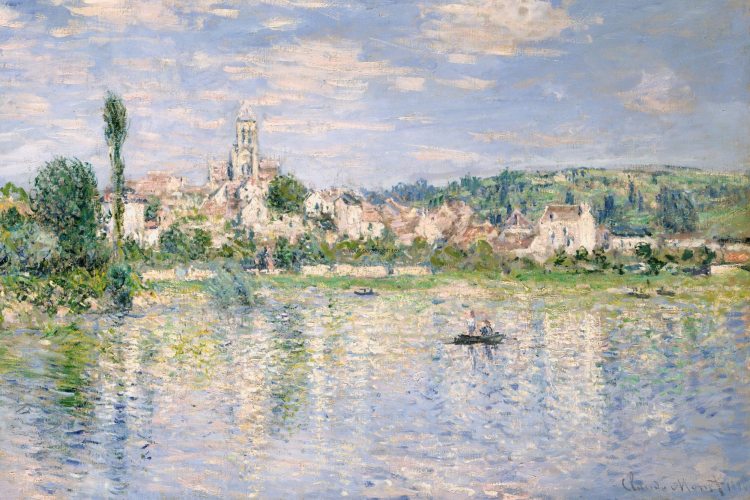
In this article, we will explore the most iconic Monet paintings ever. Whether you love Monet paintings or are just simply interested in learning more, we will tell you everything about Monet from what he was to his Impressionism style.
Learning and reading about different art styles is a great way to start painting for beginners. There are several art therapy benefits for your mental, such as boosting creativity, reducing stress by giving you focus away from your worries and making you mindful of the world around you.
We'll go through Monet's paintings and look at some of the top 20 Monet paintings below. When you're done answering questions about one of the most famous painters, such as who is he, what is Impressionism, how many paintings did Claude Monet paint and what Claude Monet paintings are for sale? Our guide on Warhol paintings is also worth a read for those who love art.
Jump to Section
Who Was Claude Monet?

Claude Oscar Monet was born in 1840 in Paris and moved to another town in France called Le Havre as a child. At the age of 15, he was a very well-known local caricaturist. After drawing caricatures as a young boy, he moved to painting natural scenes.
Monet learned for a short period at the Académie Suisse in Paris, where he became skilled in plein-air painting. Plein-air art is where the artist is immersed in the landscape they are painting, instead of being inside an art studio.
This is where he became focused on learning about capturing color and light. Monet became the leader of the Impressionists, an art movement that made a huge impact on society.
Monet lived till 1926, meaning he lived a long life to the age of 86, which was filled with creativity and expression. He helped develop expressive art throughout his life.
Did Monet Drown?
In 1862, Monet did attempt to drown himself, but this is not how he died. Monet and his family were living in poverty and his father cut him off financially as he did not approve of his relationship with his former mistress, Camille Doncieux or his career.
Monet was struggling due to not being able to support his family, partly due to the way the French Art establishment functioned. Monet jumped off a bridge into the Seine River. He survived and later founded the Impressionist movement.
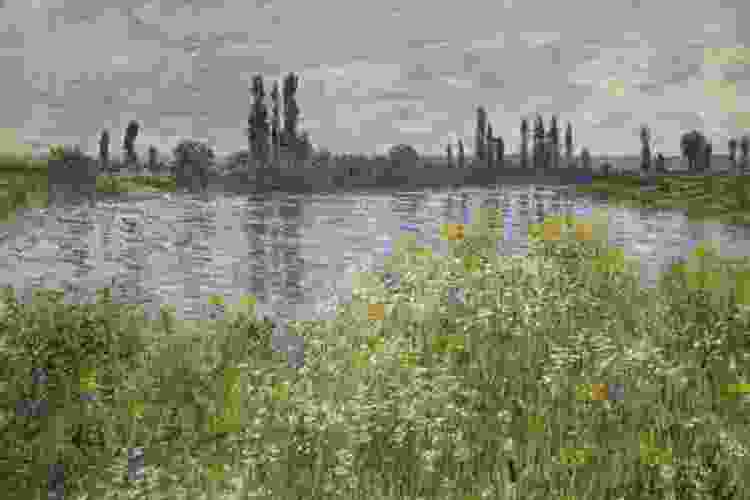
Was Monet Blind?
Monet suffered a very significant loss of vision due to cataracts. Later when we discuss his most famous work, such as Claude Monet’s Water Lilies Series, we will mention how this loss of vision shaped his paintings.
Eye diseases have impacted many artists and have a significant effect on their art. The murky and darker paintings in Monet’s later life could suggest a vision change.
The difference between Monet and Manet
It is possible to get confused between Claude Monet and Édouard Manet. Both are 19th-century painters who changed how we perceive art.
Both artists also have their origins in Paris and caused shocks to the French Art establishment. But Manet was a Realist painter, who painted a new kind of female nude, which did not mix well with conservative and traditional values of French society. Monet, meanwhile, was an Impressionist.
Manet focused on people and alongside Gustave Courbet and Jean-Frnacois Millet, made real and gritty ordinary life realist paintings. This art form was a resistance to idealized and romantic paintings that were dominant in French Art. We will now turn our attention back to Claude Monet.
What was Claude Monet known for?
So now we know who Monet was, what was Claude Monet known for? Monet was an Impressionist, meaning his aim was to capture reality and analyze the constant changing of light and color.
From everyday life in Paris to gorgeous gardens, Monet’s paintings are beautiful and real landscape creations. He became one of the most popular artists in the second half of the 20th century and inspired many famous artists. Just look at a few Thomas Kinkade paintings or Andrew Wyeth paintings and you'll see remnants of Monet.
Did Claude Monet invent Impressionism?
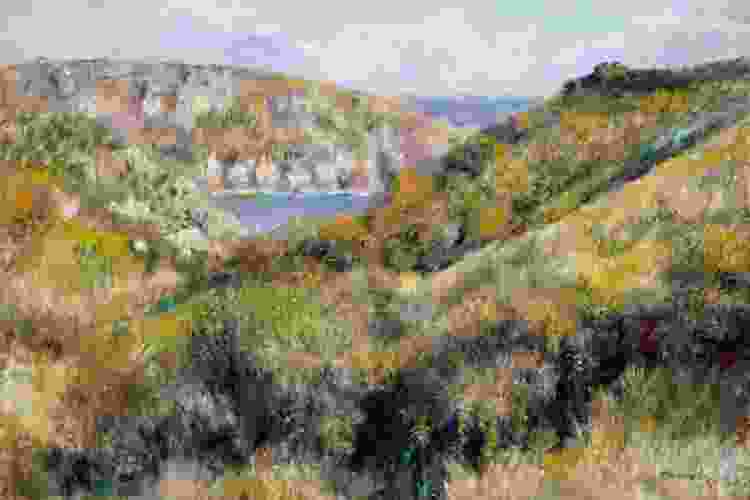
Monet was the undeniable leader of Impressionism. Auguste Renoir paintings also use loose brushstrokes around the same time as Monet, which is a technique that is connected heavily to Impressionism.
Dominant art organizations restricted artists on what they could do, but Monet and others had had enough. Alongside Edgar Degas, Camille Pissarro and others, Monet helped form ‘the Cooperative and Anonymous Association of Painters, Sculptors and Engravers’.
They organized their first exhibit in 1874. An art critic was highly critical of one of Monet’s paintings on display at the gallery. From these comments, the ‘Impressionism’ movement was born. Understanding Impressionism and admiring Monet paintings might get you to think about how to start oil painting.
What is the message of Claude Monet's painting?
Monet used loose brushstrokes to capture the effects of light, atmosphere and color in his work. This helped to challenge traditional views of what art should look like in France and other places in Europe.
Monet encapsulated moments by capturing light and color in detail. This meant it was possible to really feel the everyday scenes Monet captured.
Monet made his paintings so that they could be felt by through the atmosphere, light and color. Early Monet paintings began to sell fast in the 1880s as the sensations that Monet’s paintings aim to show were beginning to be understood.
How many Monet paintings are there?
How many paintings did Claude Monet paint? From what we know, there are 1,367 Monet paintings. From everyday Paris, buildings and nature, Monet’s paintings are crucial to understanding Impressionism.
Another question you might ask is, where are the real Monet paintings? They are located in famous institutions, such as the Musée de L'Orangerie, Paris, the Museum of Modern Art (MoMA) in New York, Musée d'Orsay in Paris and the National Gallery in London.
Claude Monet's most famous creation, "Impression, Sunrise," moves around from gallery to gallery. From 2024 to 2025, for example, it moved from Musée Marmottan Monet in Paris to the Musée d'Orsay and then the National Gallery of Art in Washington D.C.
What Claude Monet paintings are for sale currently?
There are many Monet paintings up for sale if you have a few million dollars to spare, but have a look even if you are simply intrigued by the evaluations of the Claude Monet paintings prices at Christie's. Next, we will explore some famous Monet landscape paintings, which most likely influenced Georgia O'Keefe paintings.
What is Monet's most famous piece?
What is Claude Monet's masterpiece? Arguably, "Impression, Sunrise" is the most famous and important Monet painting as it helped coin the Impressionism movement. The painting depicts a Le Havre port with a gorgeous red sun beaming onto the port.
Claude Monet’s Water Lillies series has roughly 250 paintings in it. This famous series produced "The Bridge over a Pond of Water Lillies," which is adored by many.
Claude Monet Impressionism Paintings
1. Impression, Sunrise
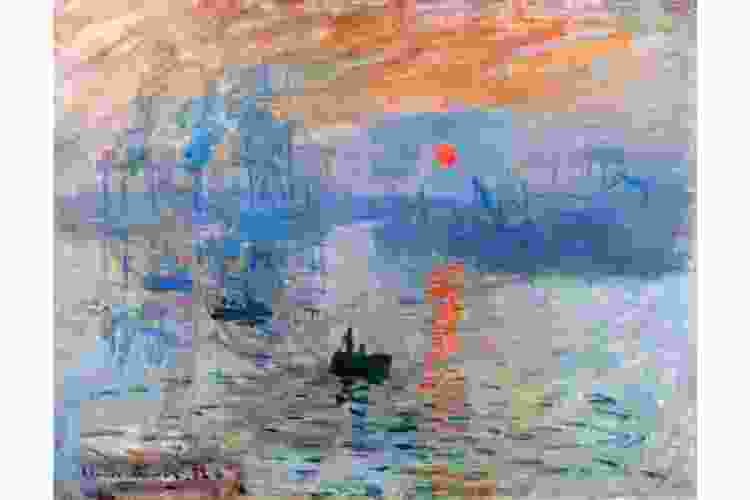
Impression, Sunrise is the Monet painting that jump-started the Impressionism movement. Created in 1872, Monet made this a year after France lost the war to Prussia and depicts the regeneration of a Le Havre port.
A gorgeous sunrise beams down onto steamboats and cranes in this remarkable painting. This original Monet painting’s price was 800 Francs when it was sold in 1874 and then only sold for 210 francs in 1877, but is now worth $250 to $300 million.
2. Bridge over a Pond of Water Lilies (or The Water Lily Pond)
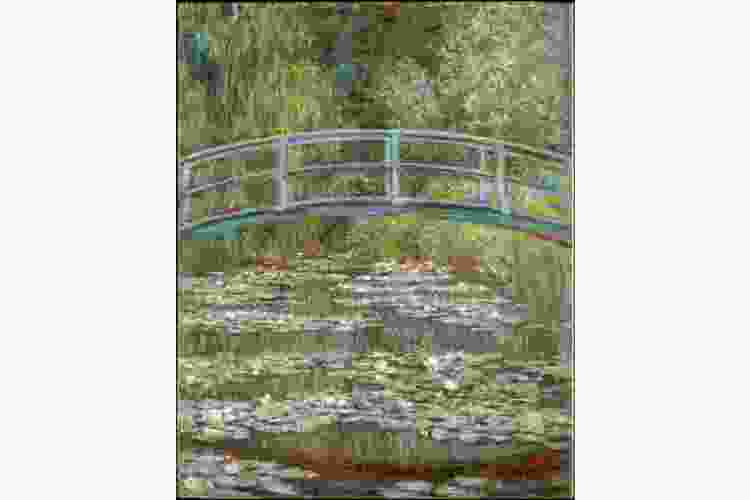
Claude Monet’s painting "The Bridge Over a Pond of Water Lilies" is the capture of Monet’s garden, possibly France’s most famous garden.
Created in 1899, this painting is part of Claude Monet’s Water Lillies series with roughly 250 paintings produced.
3. Rouen Cathedral, Facade (Sunset)
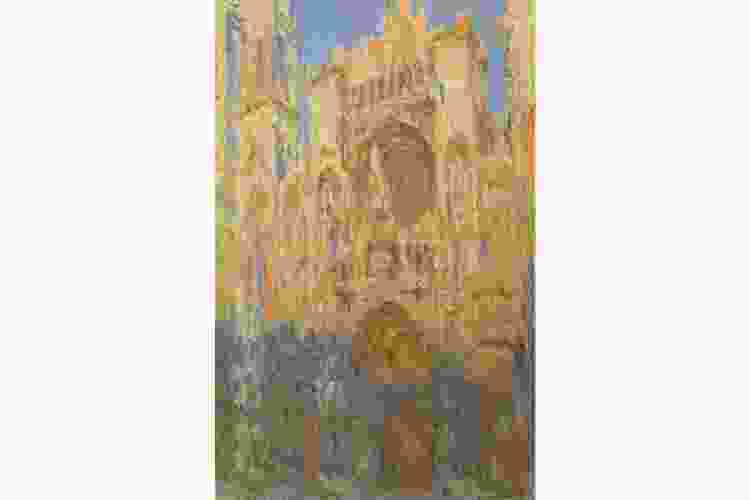
This Monet painting is from the well-known Rouen Cathedral series.
The series captures the changing appearance of the cathedral through the seasons. This painting is an example of how Monet explored light on the cathedral and how he captured this through his work.
4. The Houses of Parliament, Sunset
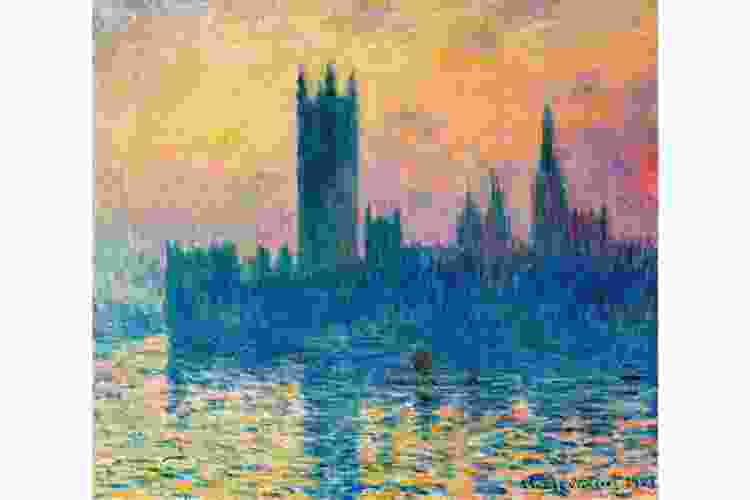
The Houses of Parliament series is full of wonderful oil paintings of the Palace of Westminster and the Houses of Parliament in the U.K. The paintings show different times of the day in numerous parts of the year.
This painting depicts the sunrise above the Houses of Parliament and was made sometime between 1899 and 1901. Part of this series was created through Monet’s memories and photographs of the parliament buildings. This original Monet painting’s price was £11 million when it was sold in 2004.
5. Nymphéas (Waterlilies Series)
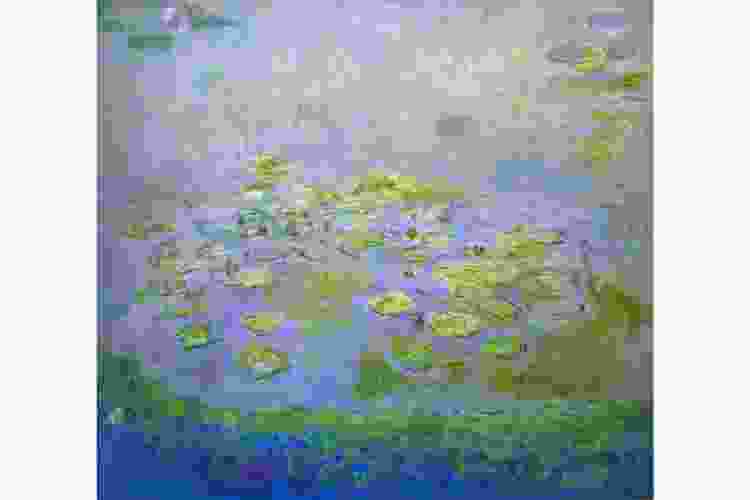
This painting also comes from the Claude Monet Water Lillies series. It is a perfect representation of both Impressionism as well as any of Monet’s paintings.
The diversity of the nature captured in this painting still captivates people today.
6. San Giorgio Maggiore at Dusk

This is an oil painting created by Monet in 1908. This dusk view is part of a wider series of San Giorgio Maggiore and showcases the incredible colors from the sunrise beaming around this island.
Monet once said ‘Venice is too beautiful to be painted’ but he did paint it, creating a masterpiece.
7. Women with a Parasol - Madame Monet and Her Son
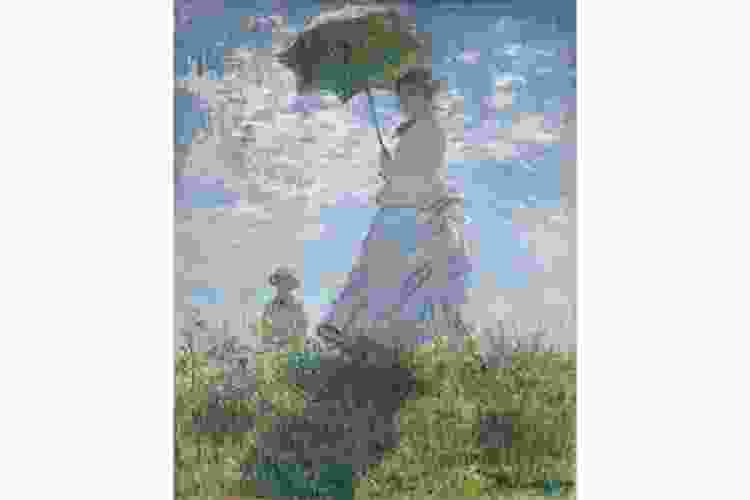
This Monet painting shows Monet’s wife with their son. The painting was made in 1875 and is a part of a wider series of paintings when his family lived in Argenteuil after coming home from his self-imposed exile in London and the Netherlands.
You can feel the weather and atmosphere in this painting, making it an untypical portrait.
8. Poplars
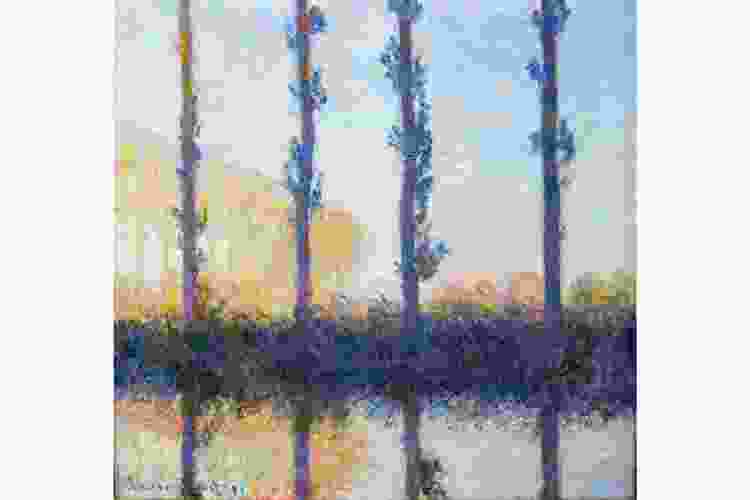
This series was created in 1891 and revolves around trees on the banks of the Epte River. Monet used a small bat as his study to paint the trees.
These trees are not far at all from Monet’s home, showing how he liked to depict the surroundings around himself.
9. Haystack at the End of Summer
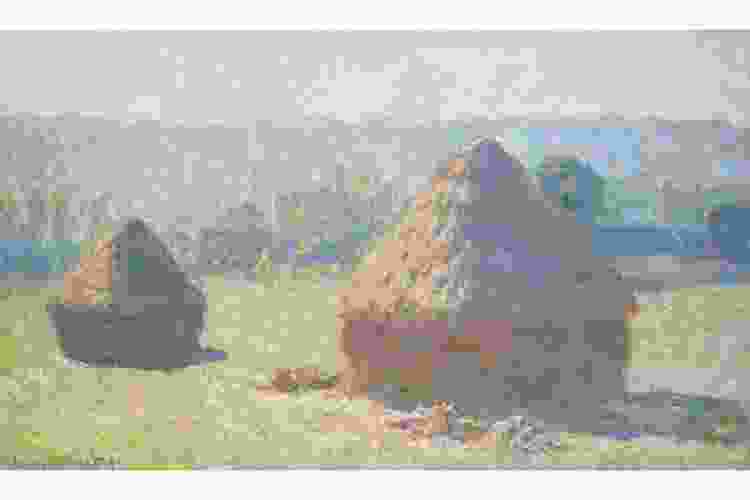
This painting shows stacks of hay sitting in a field. You can sense the heat shining on the haystacks in this painting.
This is part of a series created between 1890 and 1891. The haystacks are in Giverny and represent how Monet experimented successfully with capturing light with shadow.
10. Beach in Pourville
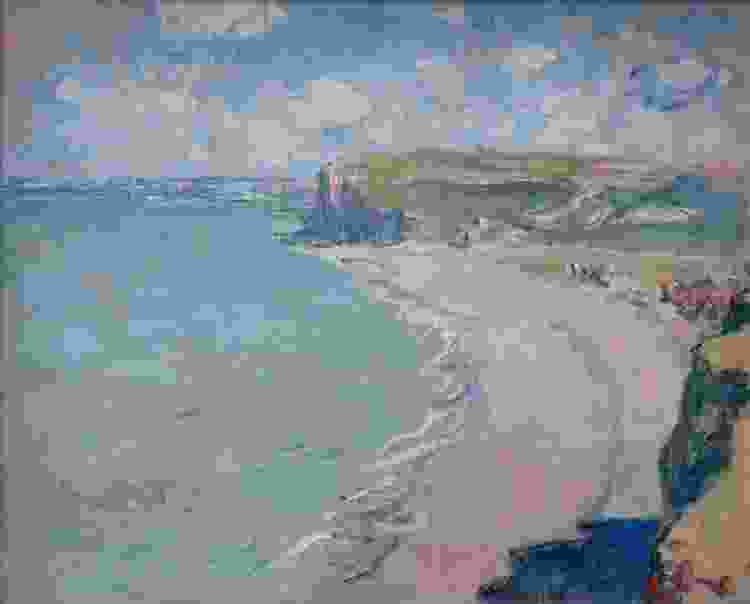
Part of a series of paintings in Pourville, such as Cliff Walk at Pourville created in 1882. Also created in 1882, Beach in Pourville is an oil-on-canvas painting that captures the elegance of this seaside town.
11. The Artist's Garden at Giverny
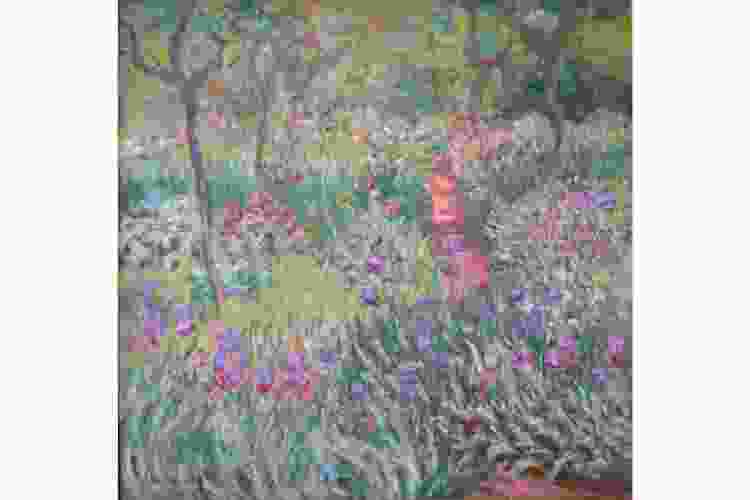
Monet was a knowledgeable gardener and his paintings show this. He made a gorgeous garden at his home when he lived in Giverny.
From creating the now-famous pond to planting flowerbeds, he beautifully captured the garden that he created. The garden in Giverny is a huge inspiration for Monet.
12. Luncheon on the Grass (Le Déjeuner sur l'herbe)
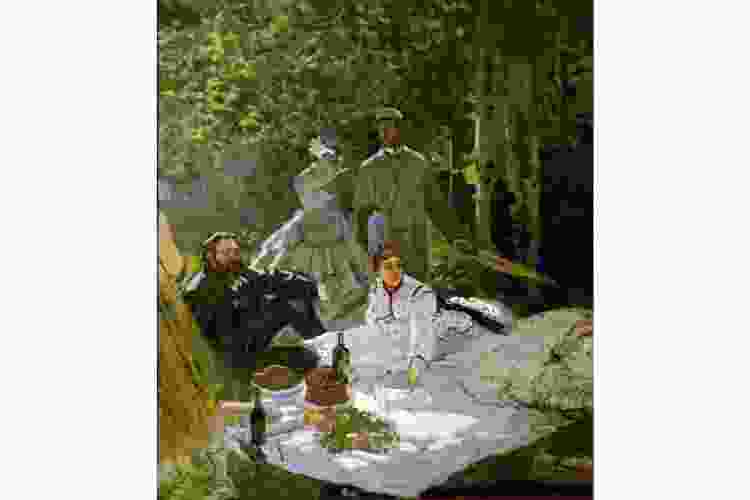
Made between 1865 and 1866, this oil painting is a response to a work of the same title by Édouard Manet in 1863. Manet’s painting is rather sexual, depicting a nude woman sitting among men.
Monet's version, while unfinished, captures the essence of Impressionism with the playful light depicting a standard French scene. Here is Manet's version for you to experience looking at art with a critical eye. It's amazing how two artists can interpret the same scene so differently.
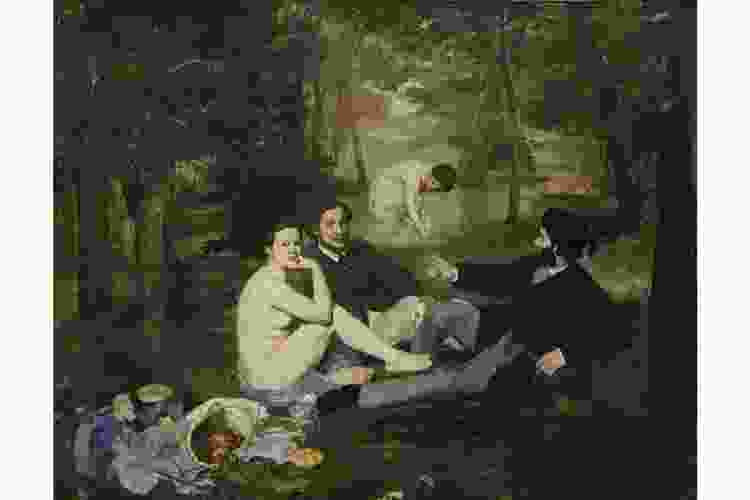
13. Women in the Garden
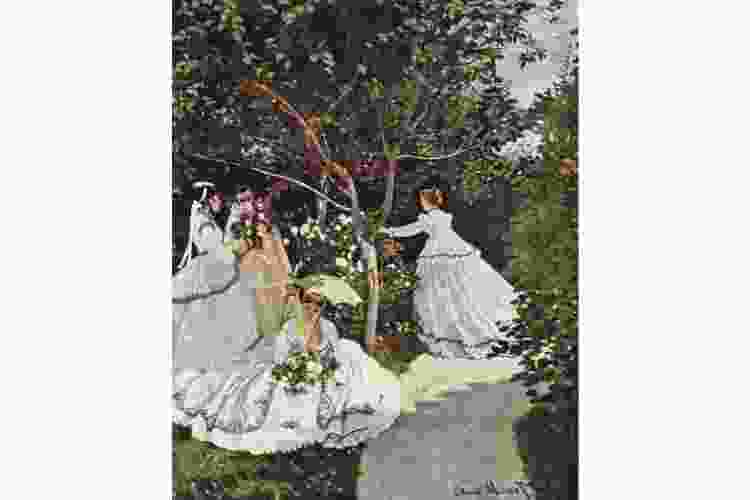
In this early Monet painting, he was experimenting with subject and method. Monet began creating this in 1866, at the age of 26.
He had to dig a trench so he could put the painting into it to paint the lower half. His wife, Camille Doncieux, posed as the figures.
14. Poppies (Series)
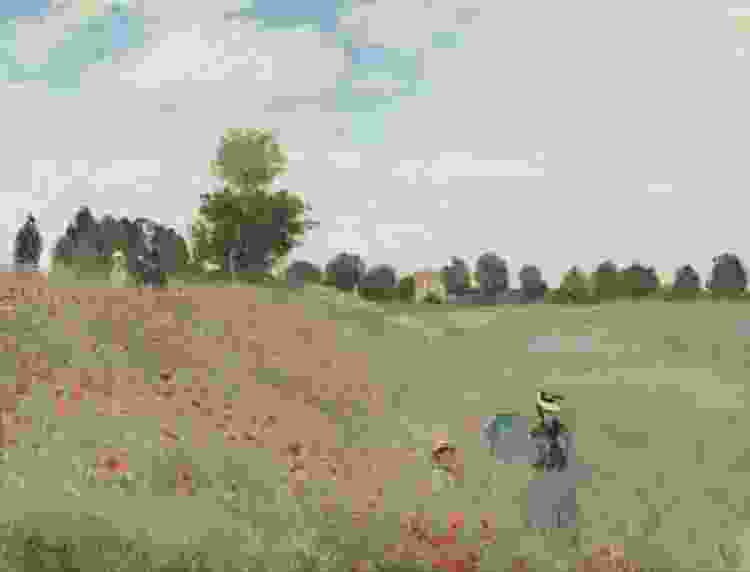
Located in the Musée d’Orsay in Paris, this Monet painting depicts people walking through a gorgeous poppy field. This was painted near Argenteuil in 1873. He lived with his family in Argenteuil till 1878.
15. Bain à la Grenouillère
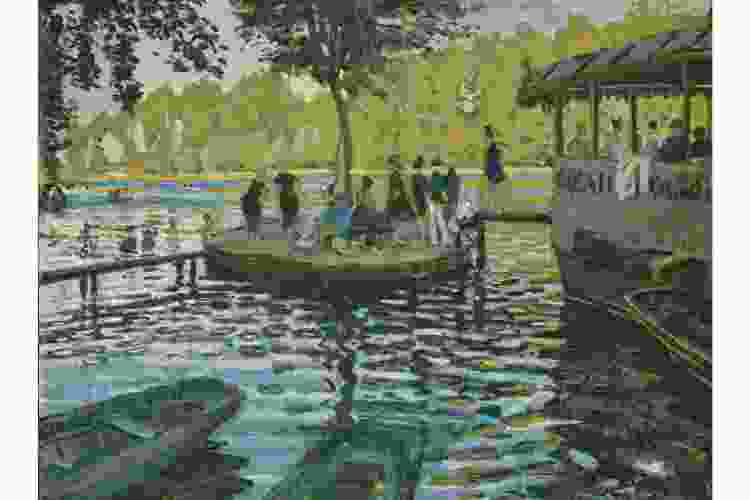
This 1869 painting show a "Flowerpot Island," called the Camembert, to La Grenouillère. There is also a floating restaurant stationed on the Seine at Croissy-sur-Seine.
Interestingly Pierre-Auguste Renoir was with him that day and painted the same scene. You can see this painting below if you'd like to compare the two paintings. Note the different uses of color, with Monet's palette being more muted and Renoir's being more vibrant.
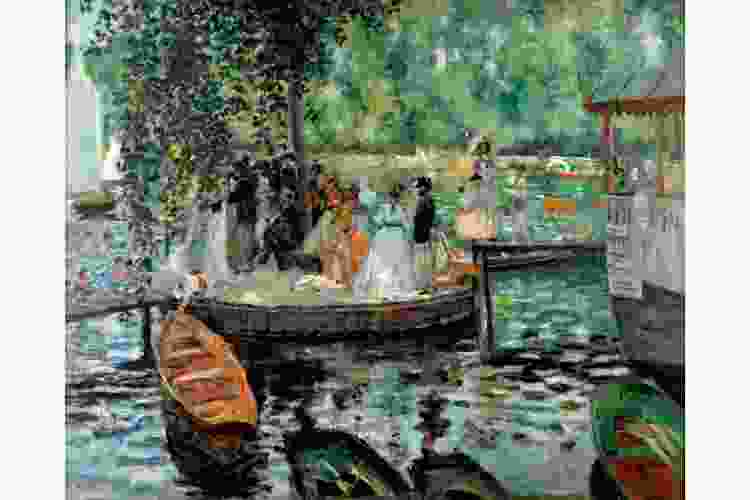
16. Boulevard des Capucines
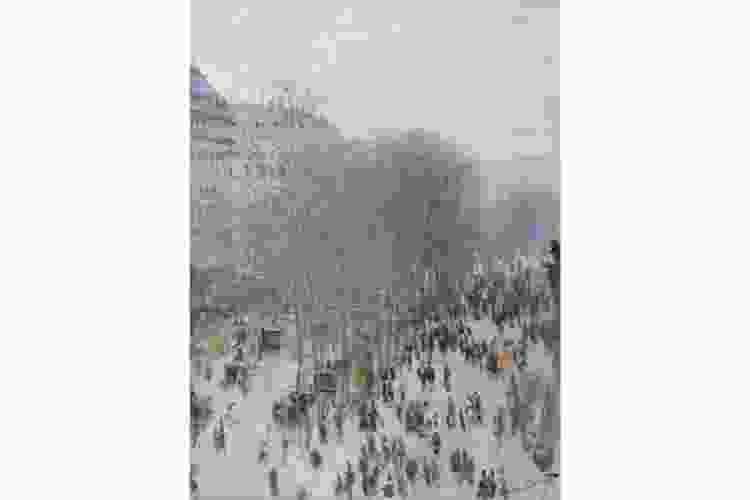
This Monet painting is an oil-on-canvas masterpiece of a Parisian boulevard in 1873. Monet elegantly shows the bustling feel and the winter temperatures through the street life in Paris.
17. The Rue Montorgueil in Paris

Full of colorful French flags, The Rue Montorgueil, like the Rue Saint-Denis, shows an incredible celebration of France. Many thought this to be a 14th July celebration, the French national day.
But it is actually painted on the 30th of June 1878 during a ‘peace and work’ festival declared by the government. This was to be a celebration of national recovery after France’s defeat in the war in 1871.
We hope that this article has intrigued you. Perhaps, after going through Monet's paintings in order, these Monet paintings have now influenced what painting techniques you want to learn and master.
Maybe even you will want to create your own top 20 Monet paintings list! Reading about art and taking art classes are good ways to discover what art style is for you. These are just some ways where you can consider how to find your art style.
If Monet and his Impressionist paintings have inspired you, have a look at paint party ideas for adults if you want to unleash your creativity while having fun with friends. Also, research trippy painting ideas, so you can find your unique art style like Monet did.
For even more fun art ideas, check out other experiences happening on Classpop!

